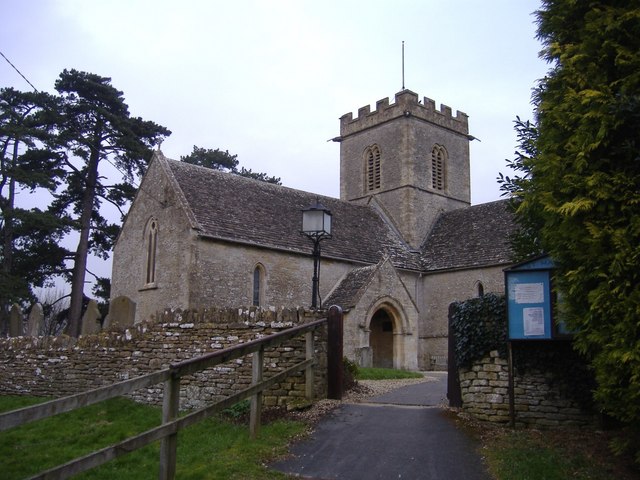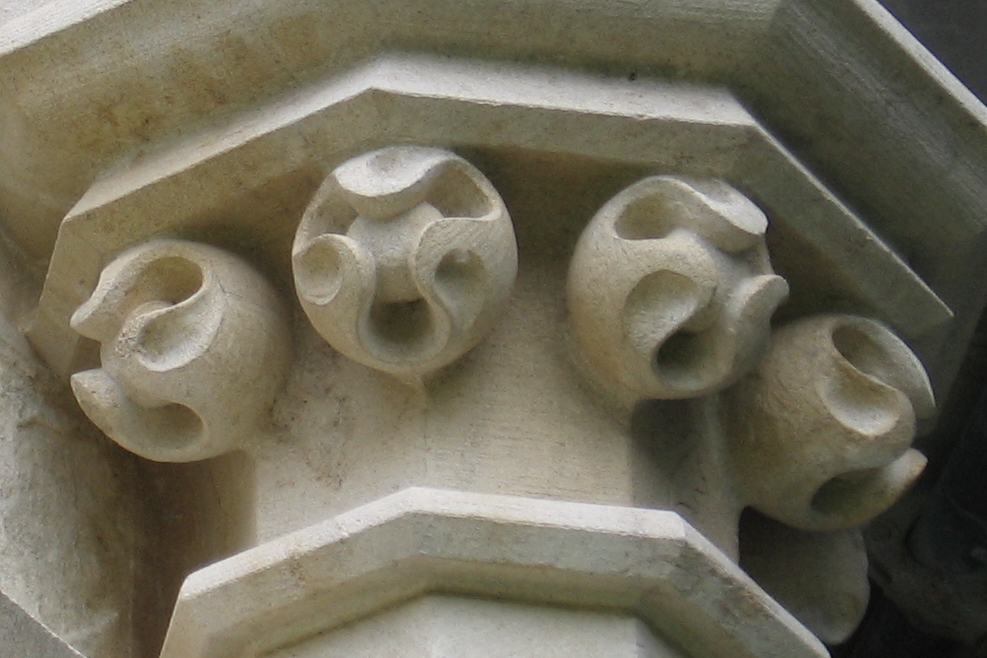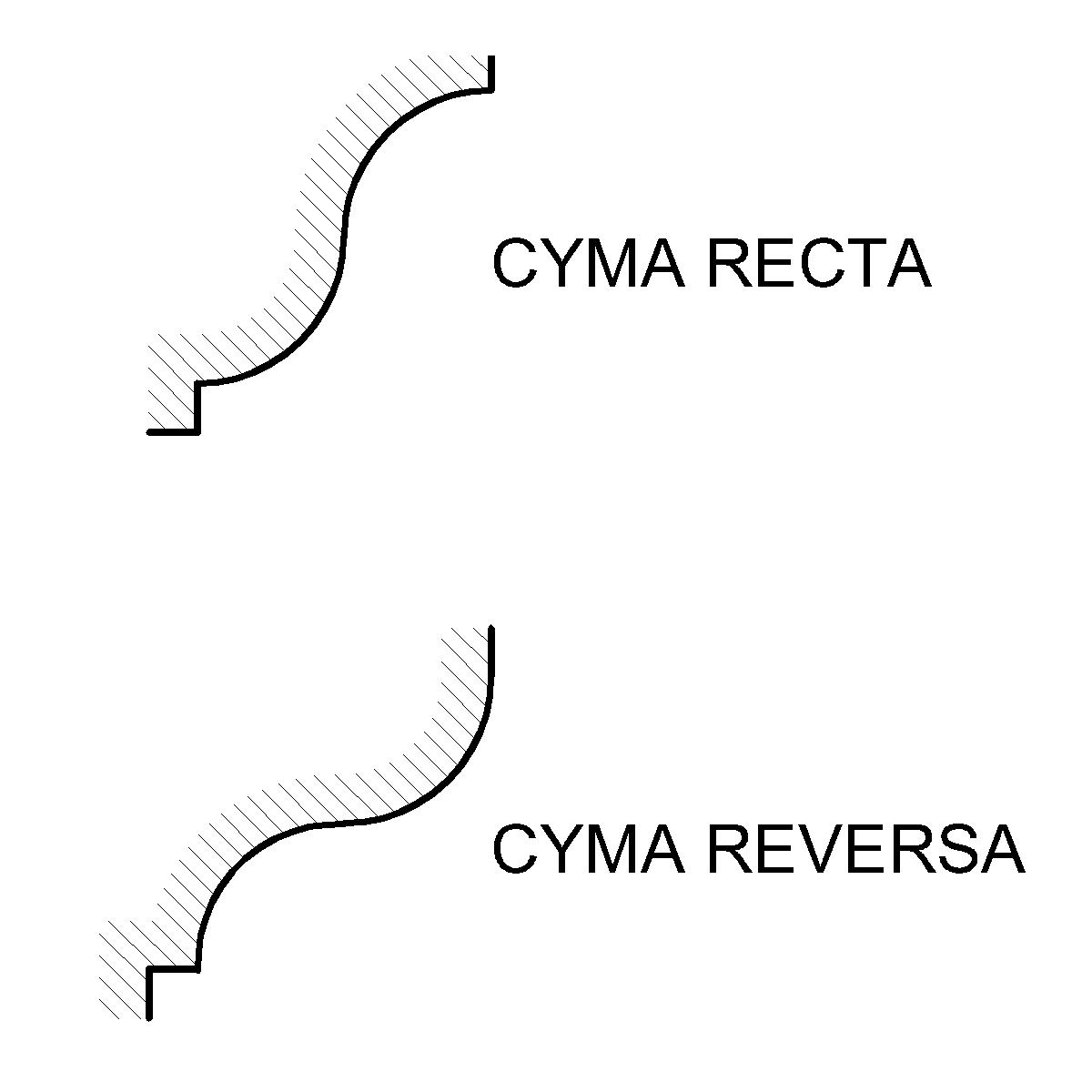|
Church Of St Mary The Virgin, Meysey Hampton
The Church of St Mary the Virgin is a Church of England parish church in Meysey Hampton, Gloucestershire. It is in the Diocese of Gloucester and the archdeaconry of Cheltenham. It is a Grade II* listed building. The church was built in the 13th century, possibly funded by the Knights Templar. History and present day The church was consecrated in 1269. It is thought to have been financed by the Knights Templar. The church was extended and some alterations were made to the chancel in the 14th century. It was restored in 1872–74 under the direction of the London architect James Brooks. The church has been a Grade II* listed building since 26 November 1958. The grade – the middle of three – is for "particularly important buildings of more than special interest". Architecture Exterior The church is built of rubble masonry with slate roofs. Most of the work is Early English, with later parts Decorated Gothic. According to David Verey it is "not a typical Cotswold church" ... [...More Info...] [...Related Items...] OR: [Wikipedia] [Google] [Baidu] |
Meysey Hampton
Meysey Hampton (also known as Maisey Hampton or Maiseyhampton) is a village and civil parish in Gloucestershire, England, approximately 30 miles (48 km) to the south-east of Gloucester. It lies in the south of the Cotswolds, an Area of Outstanding Natural Beauty. History Toponymy Meysey Hampton was listed as ''Hantone'' in the Domesday Book of 1086, derived from the Old English ''hām-tūn'' meaning "home farm" or "homestead". It was recorded in 1287 as ''Meseishampton'', this alteration showing the influence of a local family called de Meisi. By 1868, it was known as ''Meysey Hampton'', with an alternative spelling of ''Maisey Hampton''. Governance Meysey Hampton has a Parish Council, currently with 7 members. The current Chair is local resident Roger Case. As of May 2015 the village became part of 'The Ampneys and Hampton Ward' on Cotswold District Council. The current District Councillor is Liberal Democrat Lisa Spivey who was elected in the 2019 United Kingdom loc ... [...More Info...] [...Related Items...] OR: [Wikipedia] [Google] [Baidu] |
David Verey
Sir David John Verey CBE (born 1950) is an English banker and philanthropist. Early life Verey was born on 8 December 1950. He went to school at Eton College and later received a Master of Arts degree in English from Trinity College, Cambridge. Career He started his career in finance at Lazard in 1972. In 1983 he was appointed to its board of directors. He became deputy chief executive in 1985 and chief executive in 1990. He was its chairman from 1990 to 2001. From 2001 to 2002, he was deputy chairman of Cazenove, a British stock broker and investment firm. He is to this day senior adviser at Lazard. From 1996 to 2000 he was on the board of directors of Pearson PLC. From 2004 to 2008 he was chairman of Blackstone Group UK. From 2004 to 2009 he was a senior advisor to FreshMinds, a recruitment and research consultancy firm. From 2009 to 2012 he was a non-executive director of LMS Capital, a private equity firm, and from 2010 to 2011, of Thames River Capital. He has been on the ... [...More Info...] [...Related Items...] OR: [Wikipedia] [Google] [Baidu] |
Ballflower
The ball-flower (also written ballflower) is an architectural ornament in the form of a ball inserted in the cup of a flower. It came into use in the latter part of the 13th century in England and became one of the chief ornaments of the 14th century, in the period known as Decorated Gothic. Ball-flowers were generally placed in rows at equal distances in the hollow of a moulding, frequently by the sides of mullions. Examples are found in many churches of the period including Gloucester Cathedral; St Mary's Church, Bloxham; St. Michael's Church, Swaton ( 1300); and Tewkesbury Abbey The Abbey Church of St Mary the Virgin, Tewkesbury–commonly known as Tewkesbury Abbey–is located in the English county of Gloucestershire. A former Benedictine monastery, it is now a parish church. Considered one of the finest examples of No ... ( 1330). The presence of ball-flowers on the west part of Salisbury Cathedral has helped date this facade to the 14th century. Refere ... [...More Info...] [...Related Items...] OR: [Wikipedia] [Google] [Baidu] |
Tracery
Tracery is an architecture, architectural device by which windows (or screens, panels, and vaults) are divided into sections of various proportions by stone ''bars'' or ''ribs'' of Molding (decorative), moulding. Most commonly, it refers to the stonework elements that support the glass in a window. The term probably derives from the tracing floors on which the complex patterns of windows were laid out in late Gothic architecture. Tracery can also be found on the interior of buildings and the exterior. There are two main types: plate tracery and the later bar tracery.Hugh Honour, Honour, H. and J. Fleming, (2009) ''A World History of Art''. 7th edn. London: Laurence King Publishing, p. 948. The evolving style from Romanesque architecture, Romanesque to Gothic architecture and changing features, such as the thinning of lateral walls and enlarging of windows, led to the innovation of tracery. The earliest form of tracery, called plate tracery, began as openings that were pierced fro ... [...More Info...] [...Related Items...] OR: [Wikipedia] [Google] [Baidu] |
Ogee
An ogee ( ) is the name given to objects, elements, and curves—often seen in architecture and building trades—that have been variously described as serpentine-, extended S-, or sigmoid-shaped. Ogees consist of a "double curve", the combination of two semicircular curves or arcs that, as a result of a point of inflection from concave to convex or ''vice versa'', have ends of the overall curve that point in opposite directions (and have tangents that are approximately parallel). First seen in textiles in the 12th century, the use of ogee elements—in particular, in the design of arches—has been said to characterise various Gothic and Gothic Revival architectural styles. The shape has many such uses in architecture from those periods to the present day, including in the ogee arch in these architectural styles, where two ogees oriented as mirror images compose the sides of the arch, and in decorative molding designs, where single ogees are common profiles (see opening image) ... [...More Info...] [...Related Items...] OR: [Wikipedia] [Google] [Baidu] |
Trefoil
A trefoil () is a graphic form composed of the outline of three overlapping rings, used in architecture and Christian symbolism, among other areas. The term is also applied to other symbols with a threefold shape. A similar shape with four rings is called a quatrefoil. Architecture Ornamentation 'Trefoil' is a term in Gothic architecture given to the ornamental foliation or cusping introduced in the heads of window-lights, tracery, and panellings, in which the centre takes the form of a three-lobed leaf (formed from three partially overlapping circles). One of the earliest examples is in the plate tracery at Winchester Cathedral (1222–1235). The fourfold version of an architectural trefoil is a quatrefoil. A simple trefoil shape in itself can be symbolic of the Trinity, while a trefoil combined with an equilateral triangle was also a moderately common symbol of the Christian Trinity during the late Middle Ages in some parts of Europe, similar to a barbed quatrefoil. Two for ... [...More Info...] [...Related Items...] OR: [Wikipedia] [Google] [Baidu] |
Lancet Window
A lancet window is a tall, narrow window with a pointed arch at its top. It acquired the "lancet" name from its resemblance to a lance. Instances of this architectural element are typical of Gothic church edifices of the earliest period. Lancet windows may occur singly, or paired under a single moulding, or grouped in an odd number with the tallest window at the centre. The lancet window first appeared in the early French Gothic period (c. 1140–1200), and later in the English period of Gothic architecture (1200–1275). So common was the lancet window feature that this era is sometimes known as the "Lancet Period". Retrieved 24 October 2006 The term ''lancet window'' is properly applied to windows of austere form, without |
Gargoyle
In architecture, and specifically Gothic architecture, a gargoyle () is a carved or formed grotesque with a spout designed to convey water from a roof and away from the side of a building, thereby preventing it from running down masonry walls and eroding the mortar between. Architects often used multiple gargoyles on a building to divide the flow of rainwater off the roof to minimize potential damage from rainstorms. A trough is cut in the back of the gargoyle and rainwater typically exits through the open mouth. Gargoyles are usually elongated fantastical animals because their length determines how far water is directed from the wall. When Gothic flying buttresses were used, aqueducts were sometimes cut into the buttress to divert water over the aisle walls. Etymology The term originates from the French ''gargouille,'' which in English is likely to mean "throat" or is otherwise known as the "gullet"; cf. Latin ''gurgulio, gula, gargula'' ("gullet" or "throat") and similar ... [...More Info...] [...Related Items...] OR: [Wikipedia] [Google] [Baidu] |
Parapet
A parapet is a barrier that is an extension of the wall at the edge of a roof, terrace, balcony, walkway or other structure. The word comes ultimately from the Italian ''parapetto'' (''parare'' 'to cover/defend' and ''petto'' 'chest/breast'). Where extending above a roof, a parapet may simply be the portion of an exterior wall that continues above the edge line of the roof surface, or may be a continuation of a vertical feature beneath the roof such as a fire wall or party wall. Parapets were originally used to defend buildings from military attack, but today they are primarily used as guard rails, to conceal rooftop equipment, reduce wind loads on the roof, and to prevent the spread of fires. In the Bible the Hebrews are obligated to build a parapet on the roof of their houses to prevent people falling (Deuteronomy 22:8). Parapet types Parapets may be plain, embattled, perforated or panelled, which are not mutually exclusive terms. *Plain parapets are upward extensions of ... [...More Info...] [...Related Items...] OR: [Wikipedia] [Google] [Baidu] |
Battlement
A battlement in defensive architecture, such as that of city walls or castles, comprises a parapet (i.e., a defensive low wall between chest-height and head-height), in which gaps or indentations, which are often rectangular, occur at intervals to allow for the launch of arrows or other projectiles from within the defences. These gaps are termed " crenels" (also known as ''carnels'', or ''embrasures''), and a wall or building with them is called crenellated; alternative (older) terms are castellated and embattled. The act of adding crenels to a previously unbroken parapet is termed crenellation. The function of battlements in war is to protect the defenders by giving them something to hide behind, from which they can pop out to launch their own missiles. A defensive building might be designed and built with battlements, or a manor house might be fortified by adding battlements, where no parapet previously existed, or cutting crenellations into its existing parapet wall. A d ... [...More Info...] [...Related Items...] OR: [Wikipedia] [Google] [Baidu] |
Lancet Arch
Gothic architecture (or pointed architecture) is an architectural style that was prevalent in Europe from the late 12th to the 16th century, during the High and Late Middle Ages, surviving into the 17th and 18th centuries in some areas. It evolved from Romanesque architecture and was succeeded by Renaissance architecture. It originated in the Île-de-France and Picardy regions of northern France. The style at the time was sometimes known as ''opus Francigenum'' (lit. French work); the term ''Gothic'' was first applied contemptuously during the later Renaissance, by those ambitious to revive the architecture of classical antiquity. The defining design element of Gothic architecture is the pointed or ogival arch. The use of the pointed arch in turn led to the development of the pointed rib vault and flying buttresses, combined with elaborate tracery and stained glass windows. At the Abbey of Saint-Denis, near Paris, the choir was reconstructed between 1140 and 1144, dr ... [...More Info...] [...Related Items...] OR: [Wikipedia] [Google] [Baidu] |
Bell Tower
A bell tower is a tower that contains one or more bells, or that is designed to hold bells even if it has none. Such a tower commonly serves as part of a Christian church, and will contain church bells, but there are also many secular bell towers, often part of a municipal building, an educational establishment, or a tower built specifically to house a carillon. Church bell towers often incorporate clocks, and secular towers usually do, as a public service. The term campanile (, also , ), deriving from the Italian ''campanile'', which in turn derives from ''campana'', meaning "bell", is synonymous with ''bell tower''; though in English usage campanile tends to be used to refer to a free standing bell tower. A bell tower may also in some traditions be called a belfry, though this term may also refer specifically to the substructure that houses the bells and the ringers rather than the complete tower. The tallest free-standing bell tower in the world, high, is the Mortegliano B ... [...More Info...] [...Related Items...] OR: [Wikipedia] [Google] [Baidu] |






.jpg)